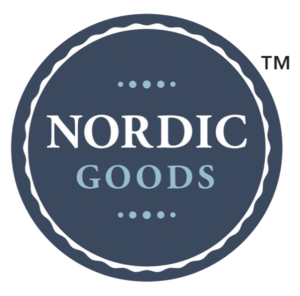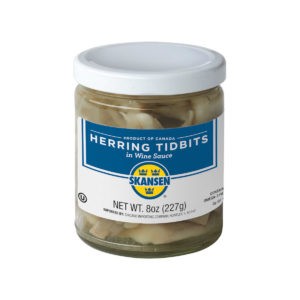 Skansen®
Skansen®
Delicious seafood products steeped in tradition
When you’re looking for traditional Scandinavian seafood, look no further than the Skansen® line of herring and cod liver. Great for everyday enjoyment or for special occasions and holidays.

Find Skansen® products
Where To Buy Skansen®
Skansen®
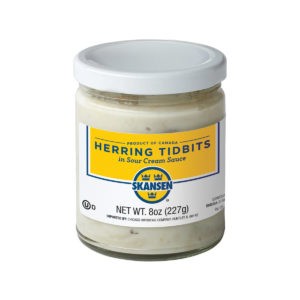 Skansen®
Skansen®
Herring Tidbits in Sour Cream Sauce Jar
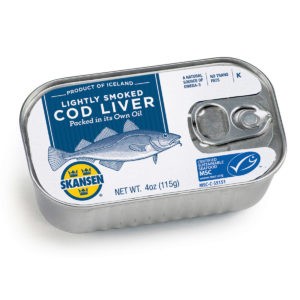 Skansen®
Skansen®
Lightly Smoked Cod Liver Tin
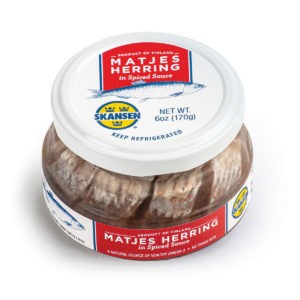 Skansen®
Skansen®
Matjes Herring in Spiced Sauce Jar
Learn more about the roots of Skansen®
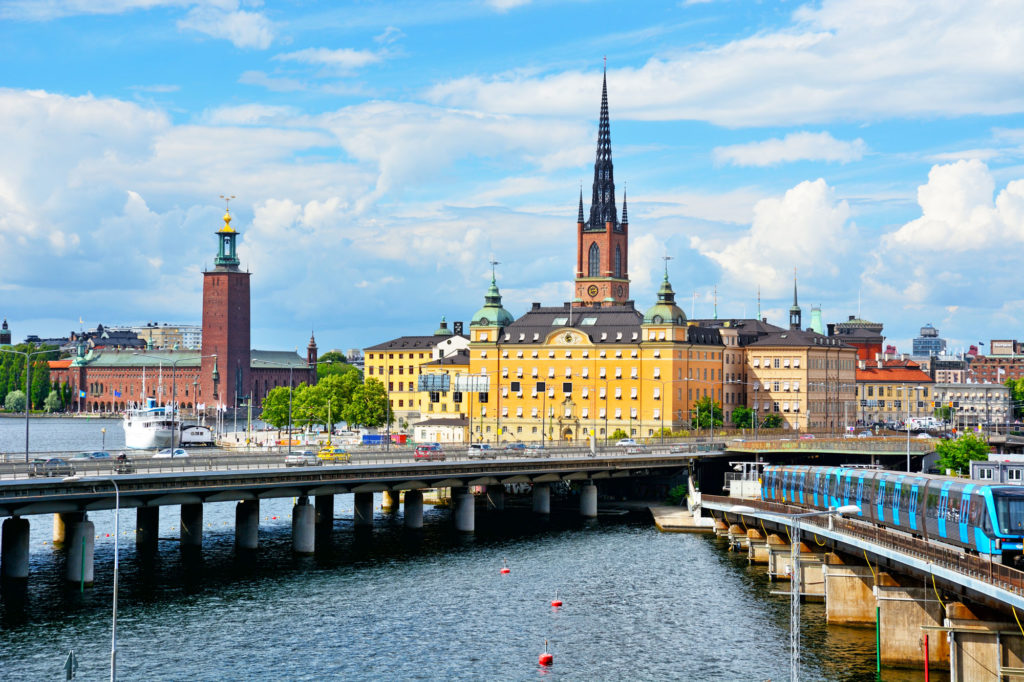
Sweden is a Scandinavian nation with thousands of coastal islands and inland lakes, along with vast boreal forests and glaciated mountains. Its principal cities, eastern capital Stockholm and southwestern Gothenburg and Malmö, are all coastal. Stockholm is built on 14 islands. It has more than 50 bridges, as well as the medieval old town, Gamla Stan, royal palaces and museums such as open-air Skansen.
Sweden’s proximity to the North Atlantic and prevailing south-westerly to westerly winds result in a climate that is mild in the winter months, but the northernmost part of the country has a sub-Arctic climate with long, cold and snowy winters.
Due to Sweden’s large north-to-south expanse, there are regional differences between the cuisine of North and South Sweden. Historically, in the far north, meats, such as reindeer and other game dishes, were eaten while fresh vegetables have played a larger role in the South. Many traditional dishes employ simple, contrasting flavors such as the traditional dish of meatballs and brown cream sauce with tart, pungent lingonberry jam.
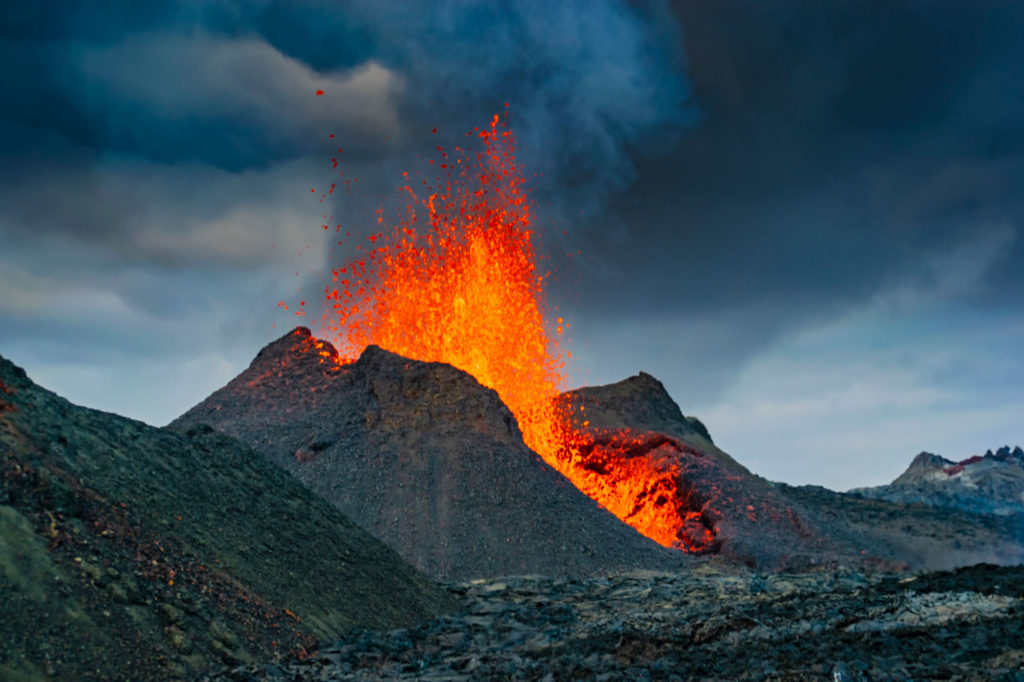
Iceland, a Nordic island nation, is defined by its dramatic landscape with volcanes, geysers, hot springs and lava fields. Massive glaciers are protected in Vatnajökull and Snæfellsjökull national parks. Most of the population lives in the capital, Reykjavik, which runs on geothermal power and is home to the National and Saga museums, tracing Iceland’s Viking history.
Relatively mild winters and cool summers characterize Iceland’s oceanic climate. The average monthly temperature varies from 26°F to 37°F in January and from 46°F to 59°F in July. Storms and rain are frequent, with annual precipitation ranging from nearly 16″ to 157″ on average annually, depending on location.
The cuisine of Iceland has a long history. Important parts of Icelandic cuisine are lamb, dairy, and fish, the latter due to the fact that Iceland has traditionally been inhabited only near its coastline. And while animal products dominate Icelandic cuisine, the consumption of vegetables has greatly increased in recent decades.
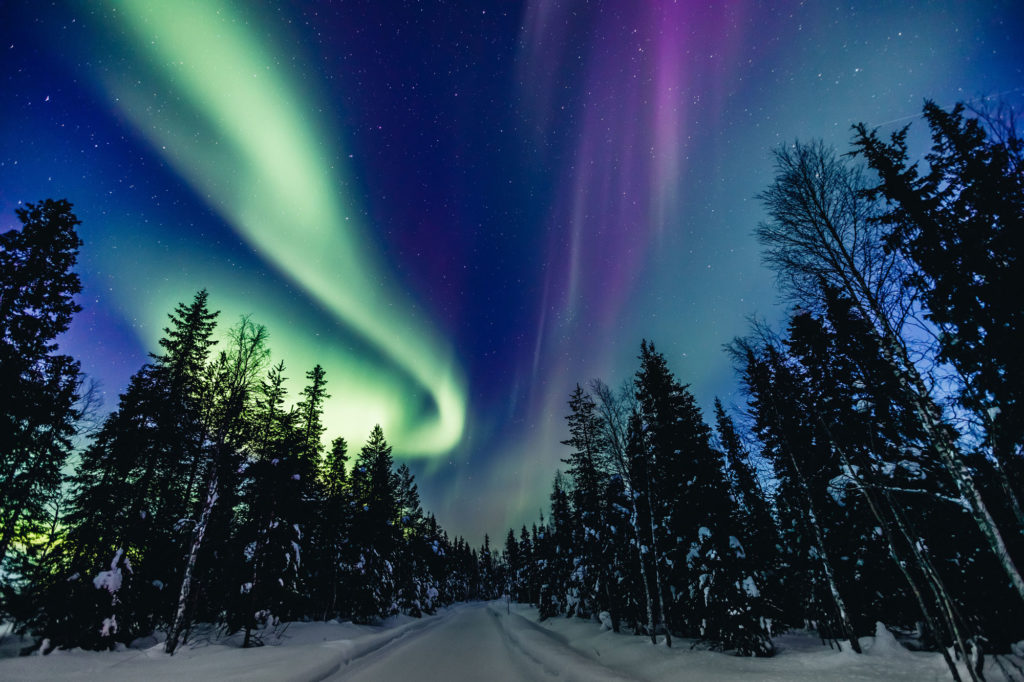
Finland is a Northern European nation bordering Sweden, Norway and Russia. its capital, Helsinki, occupies a peninsula and surrounding islands in the Baltic Sea. Helsinki is home to the 18th-century sea fortress Suomenlinna, the fashionable Design District and diverse museums. The Northern Lights can be seen from the country’s Arctic Lapland province, a vast wilderness with national parks and ski resorts.
The climate of Finland displays features of both maritime and continental climates, depending on the direction of air flow. Considering its northern location, the mean temperature in Finland is several degrees higher than in most other areas at these latitudes, e.g. Siberia and Southern Greenland.
Fish and meat (usually pork, beef or reindeer) play a prominent role in traditional Finnish dishes in some parts of the country, while dishes elsewhere include various vegetables and mushrooms. Finnish foods often use wholemeal products (rye, barley, oats) and berries such as bilberries, lingonberries, cloudberries, and sea buckthorn.








